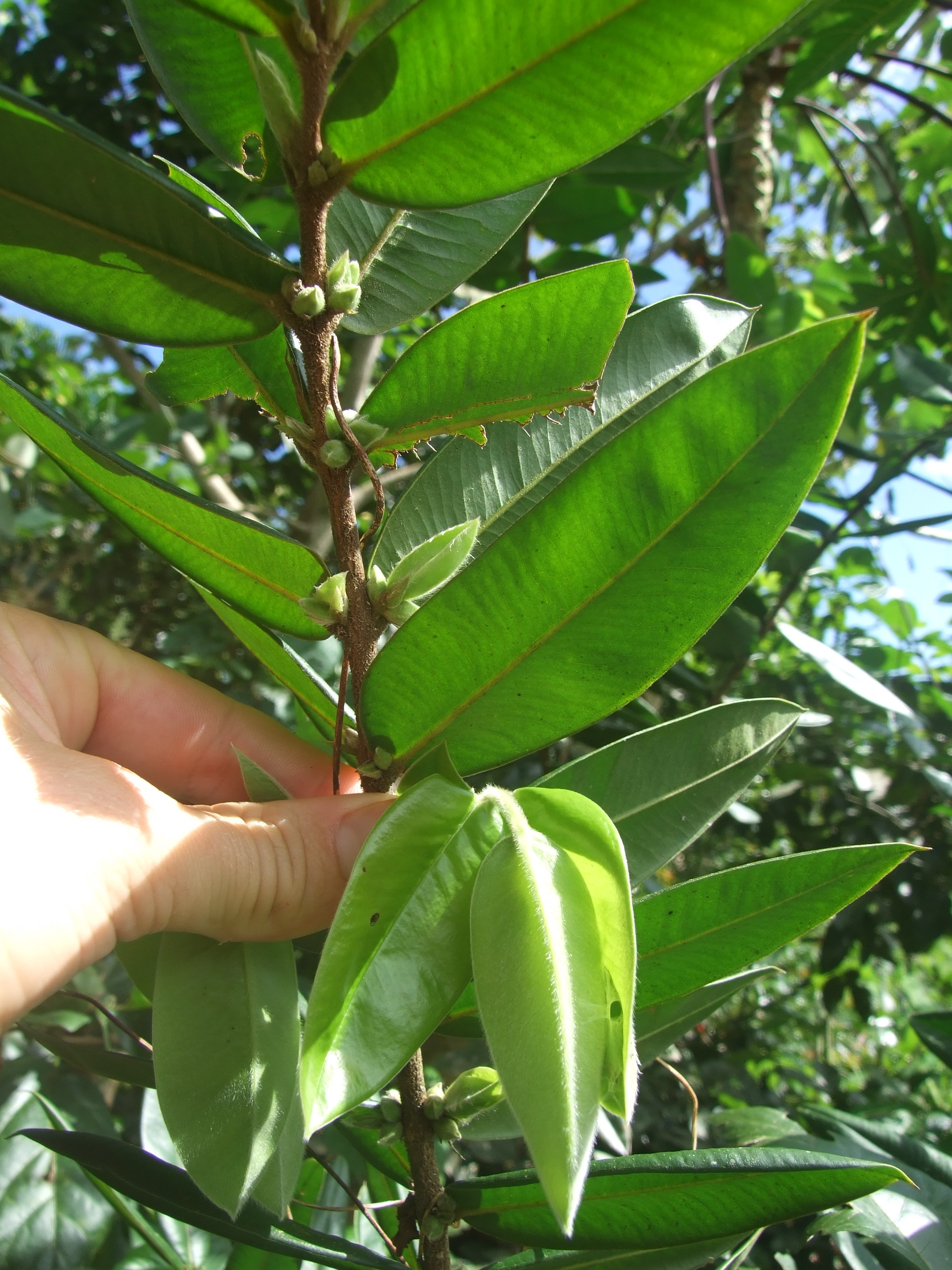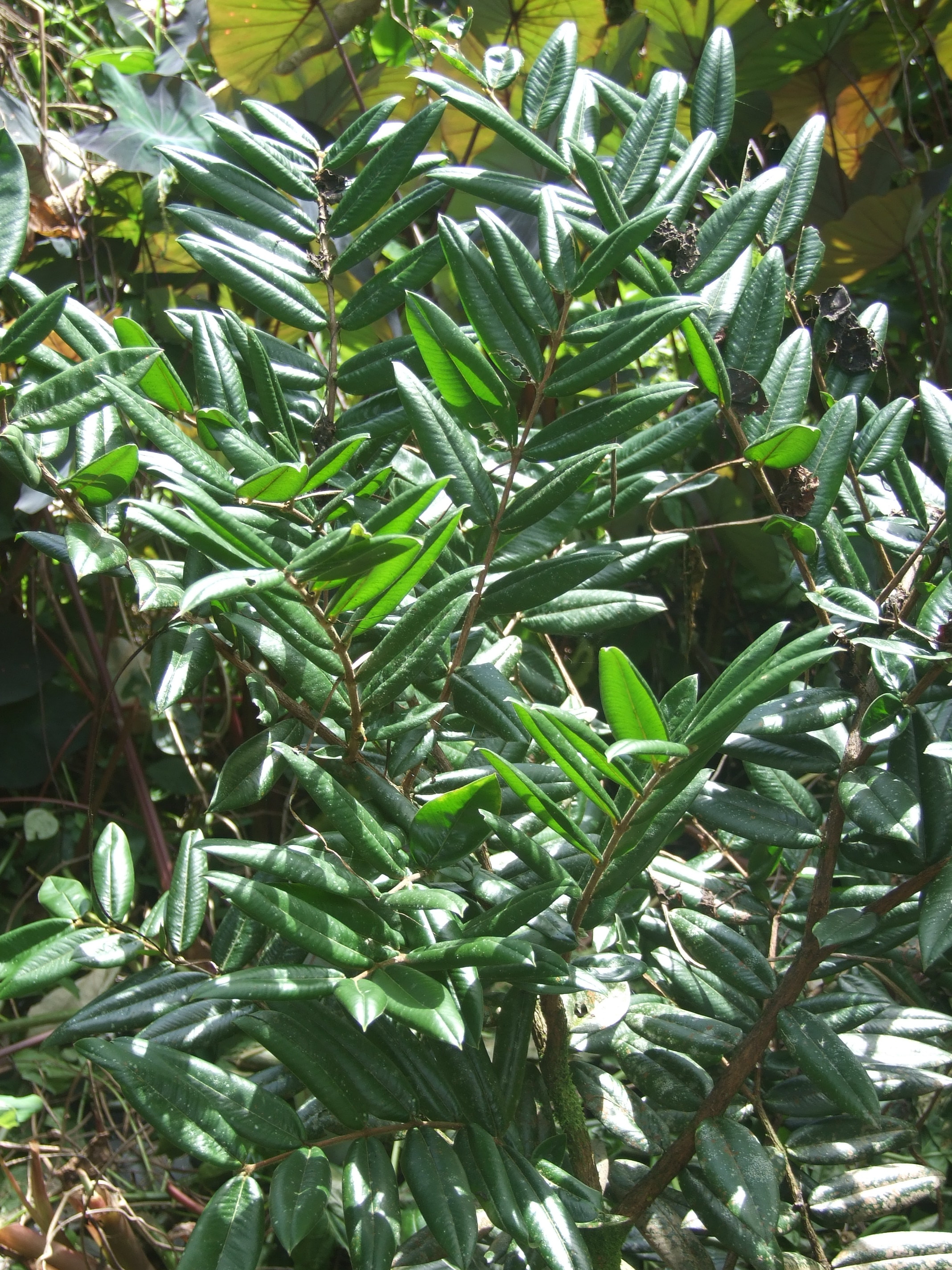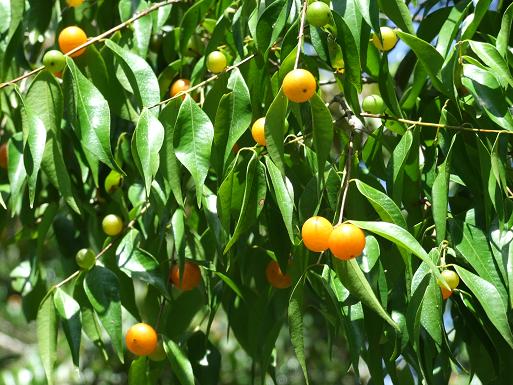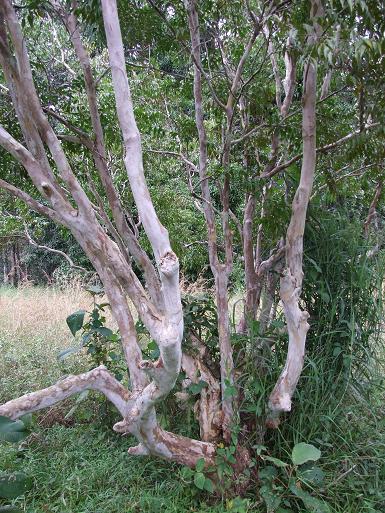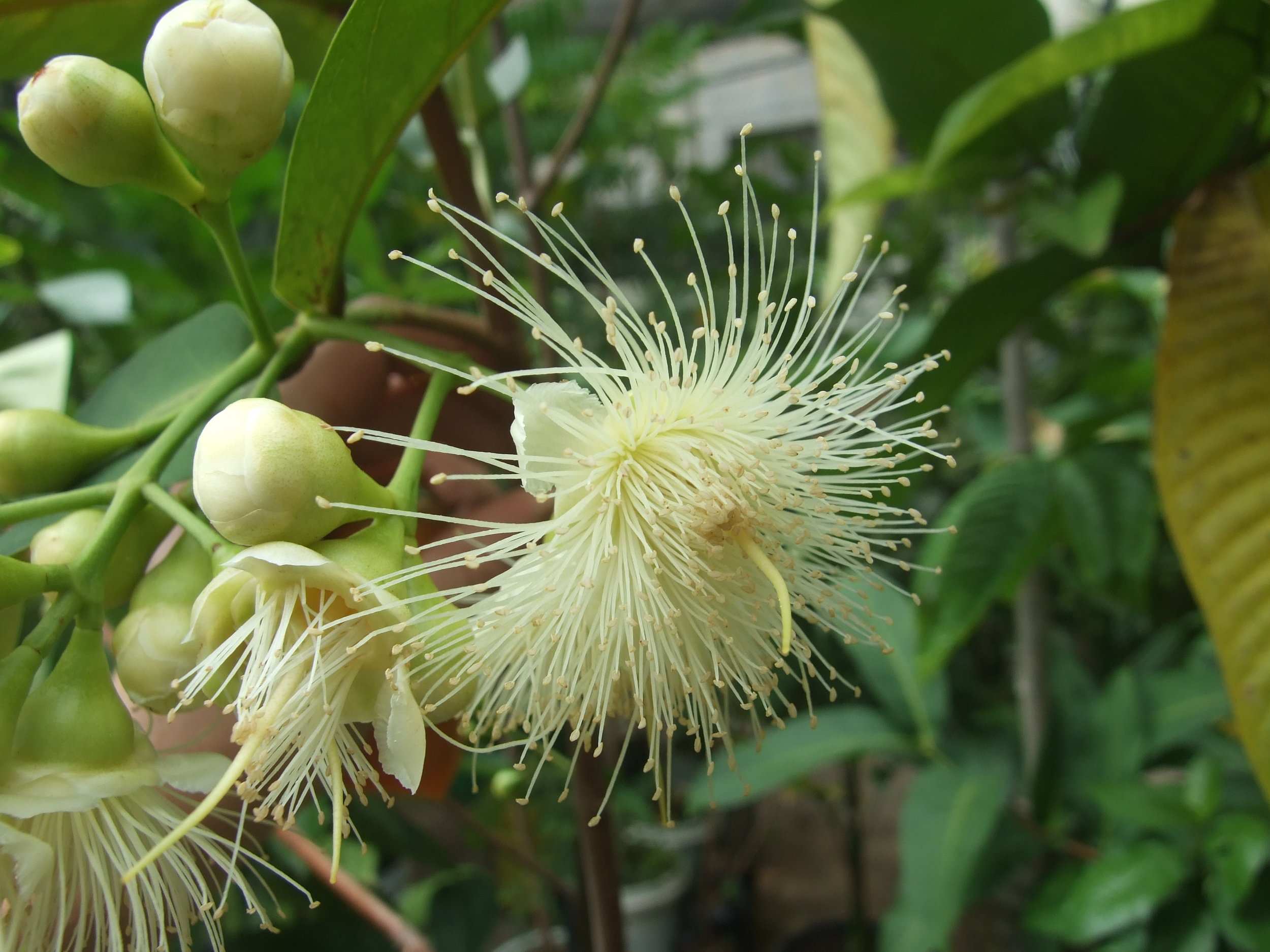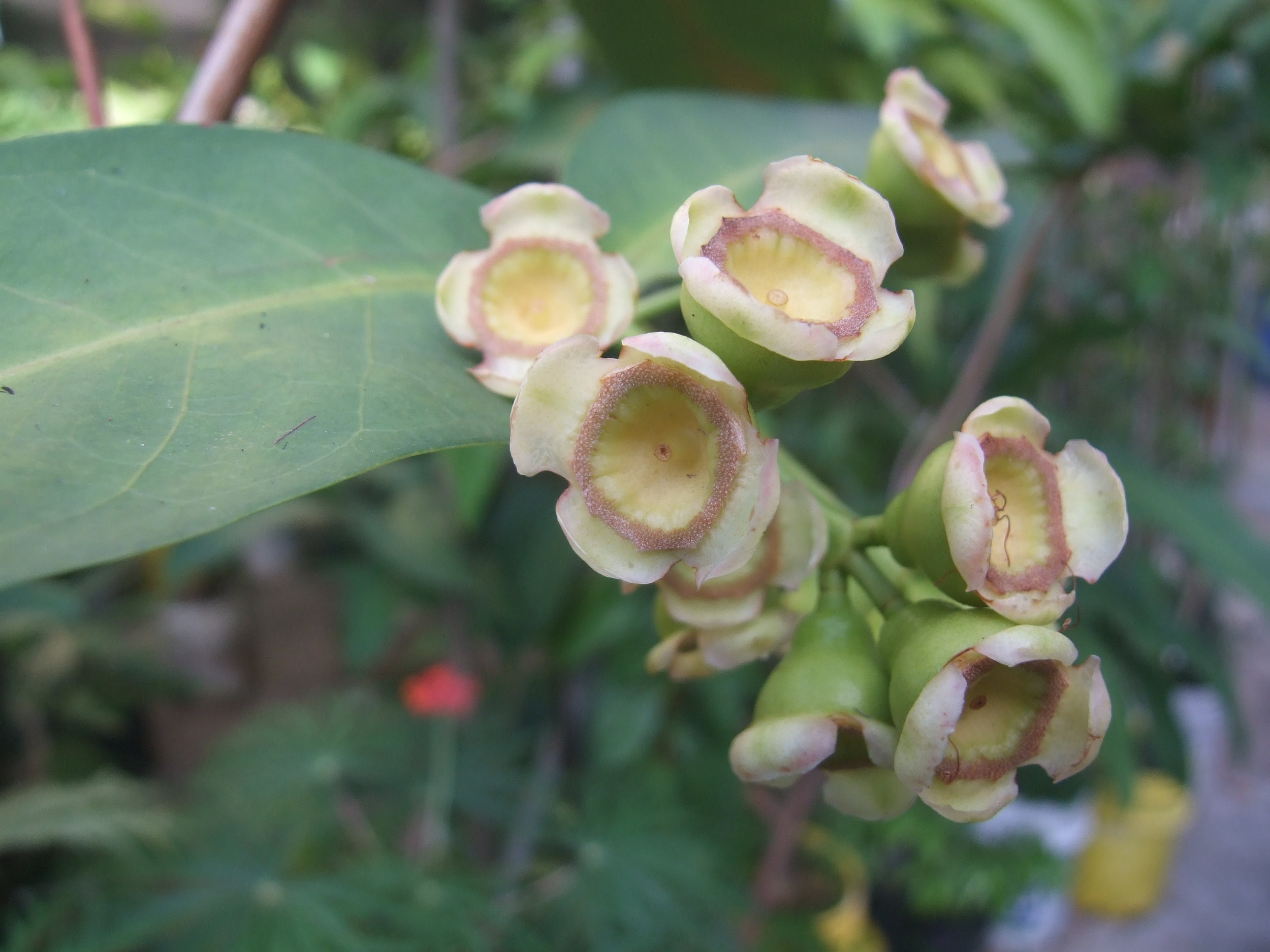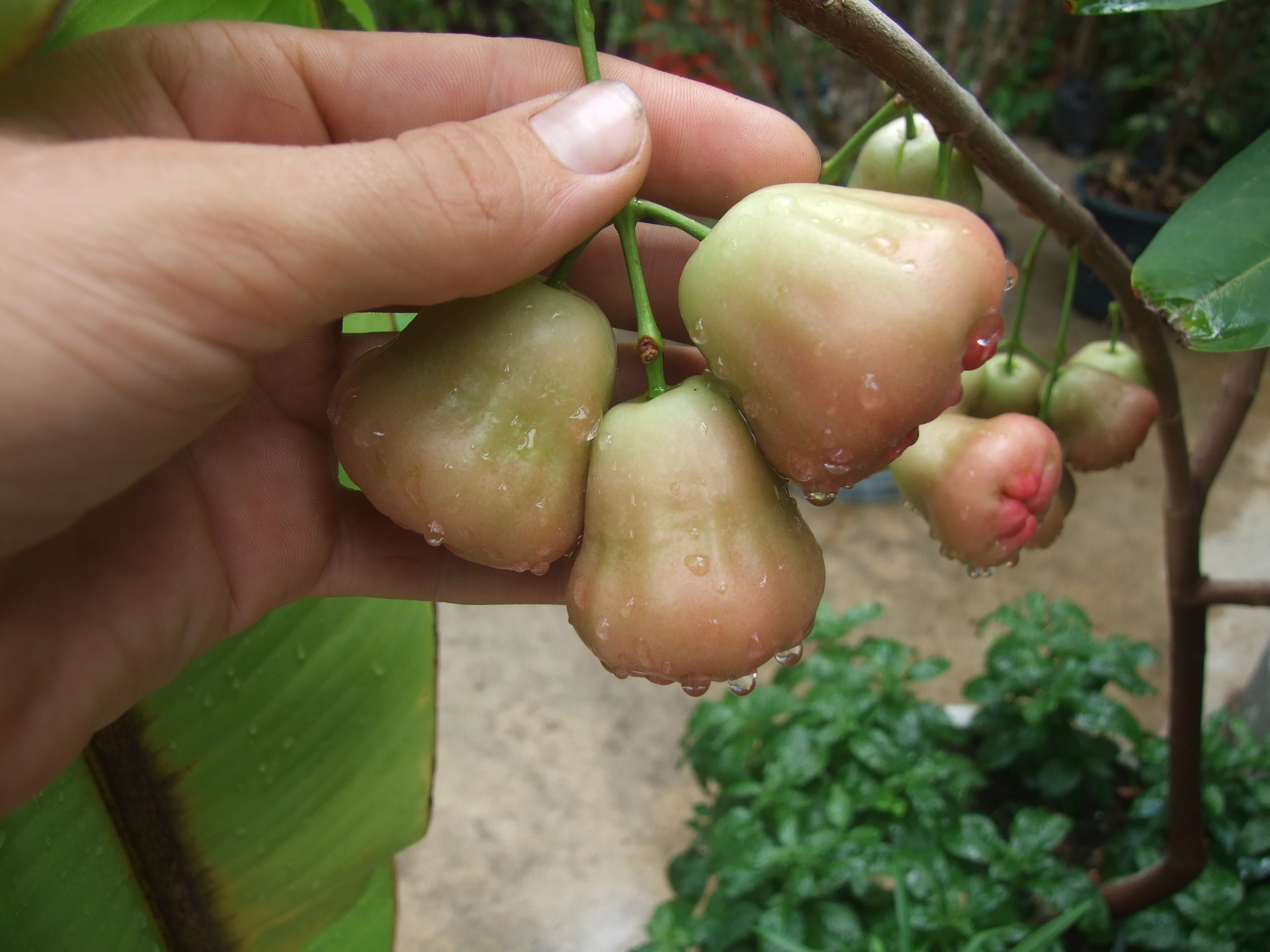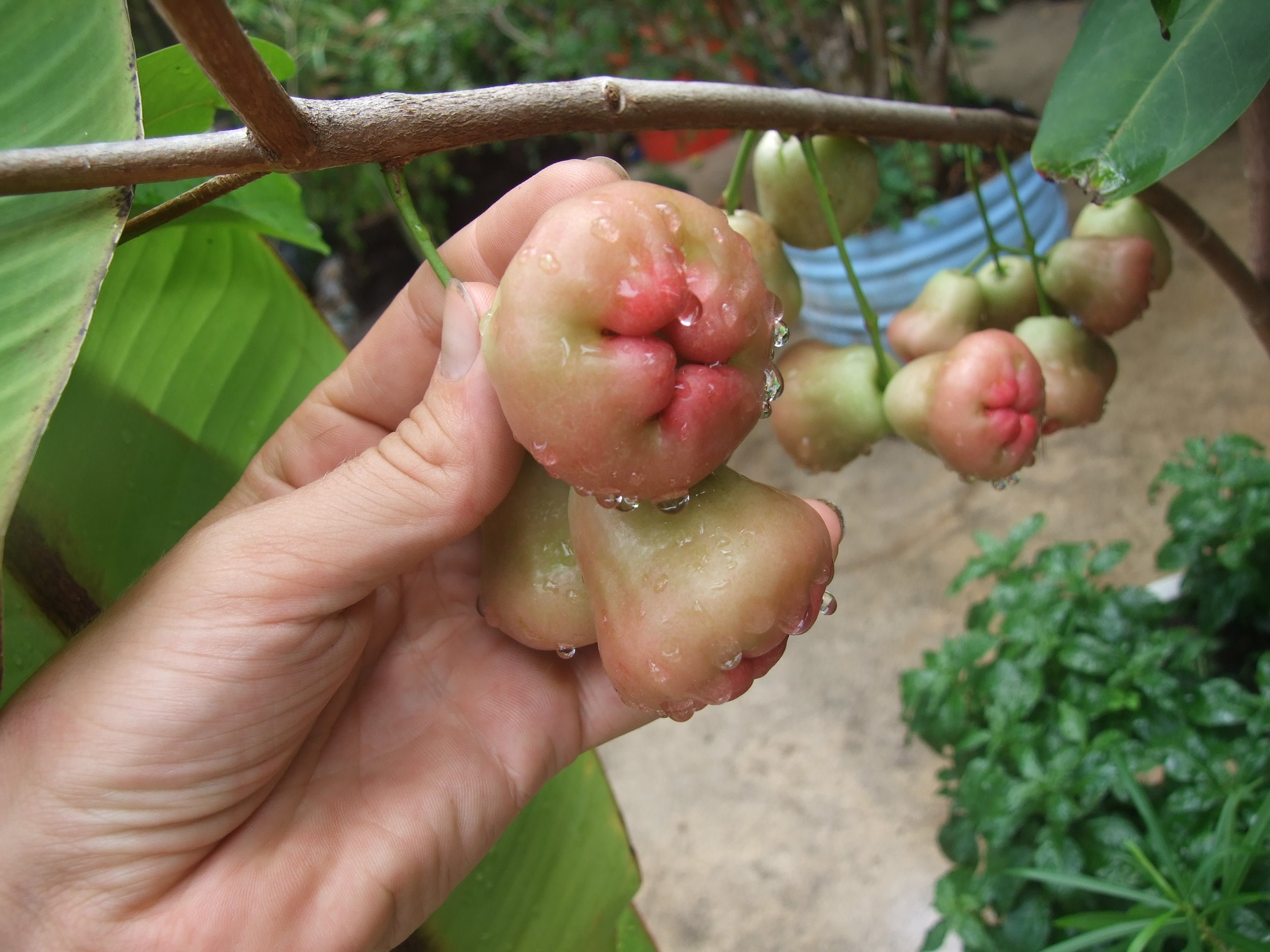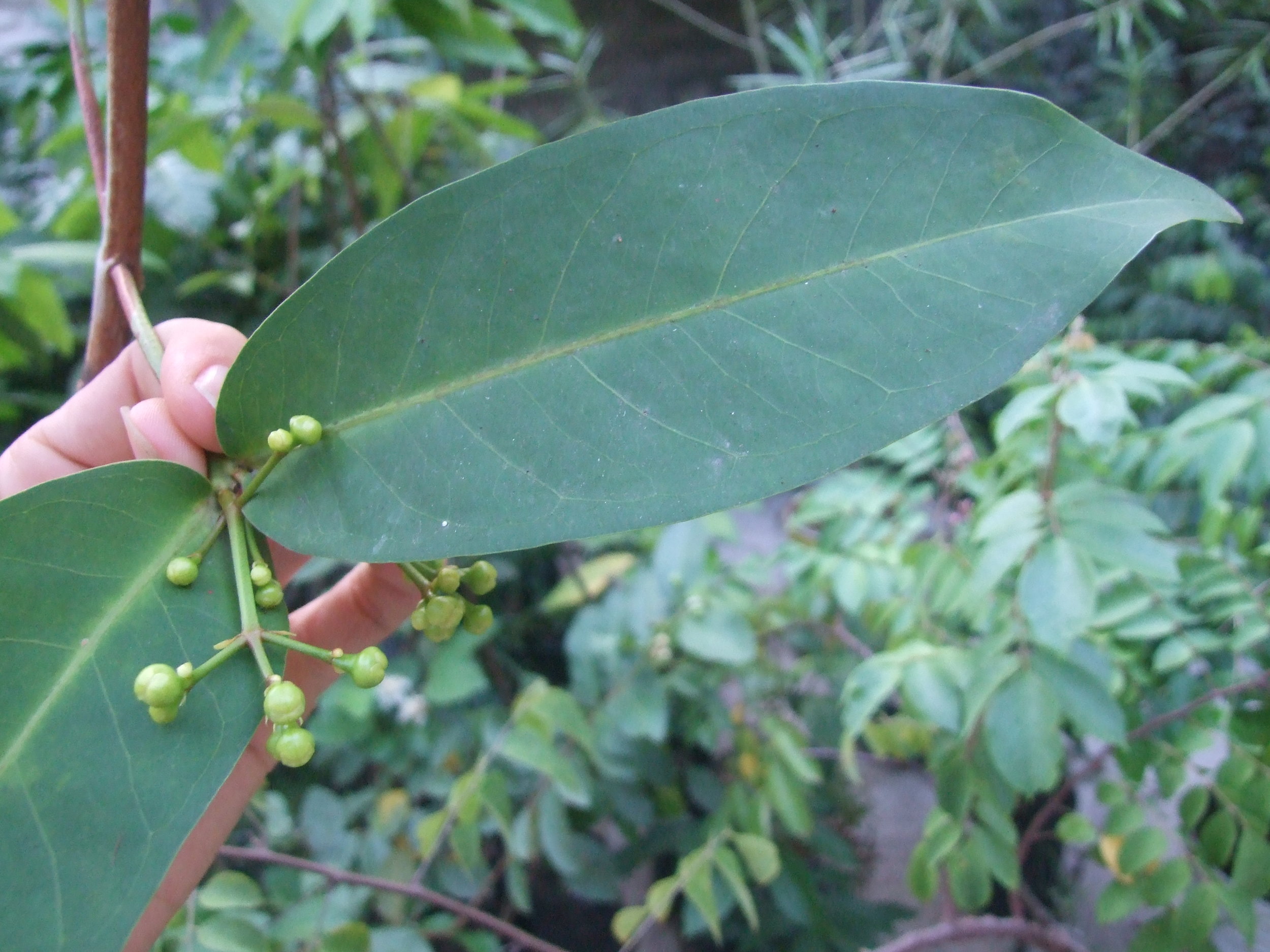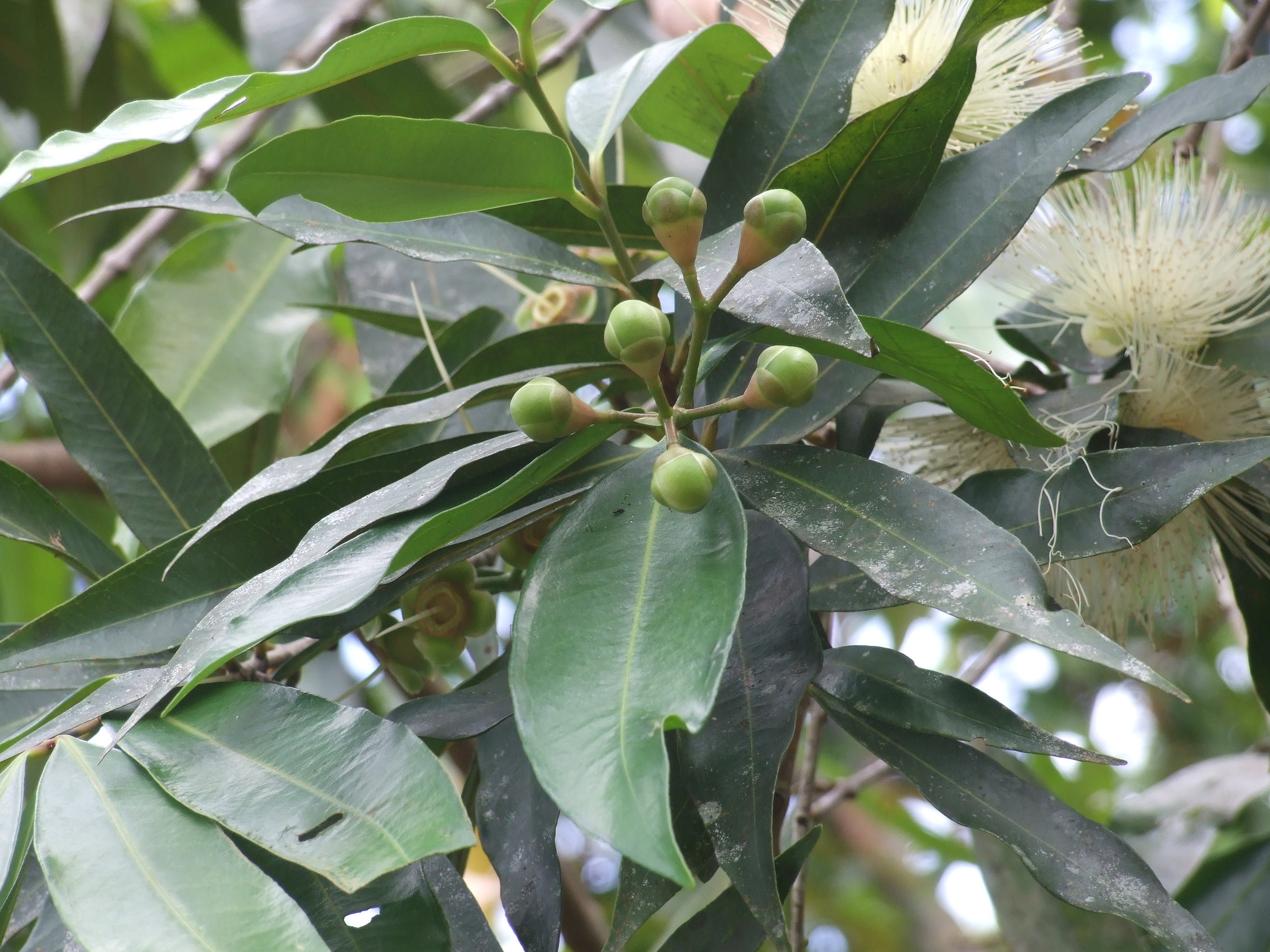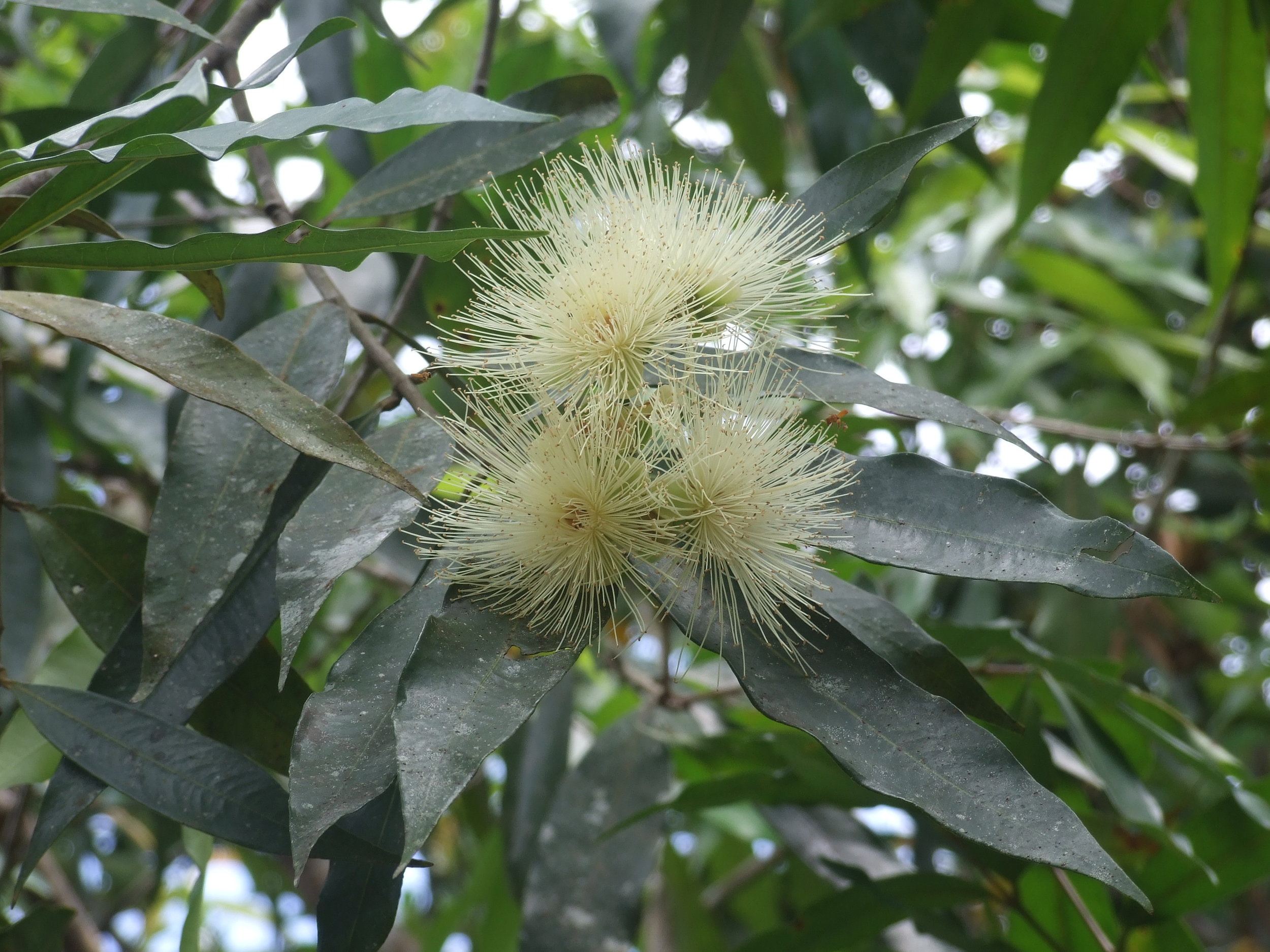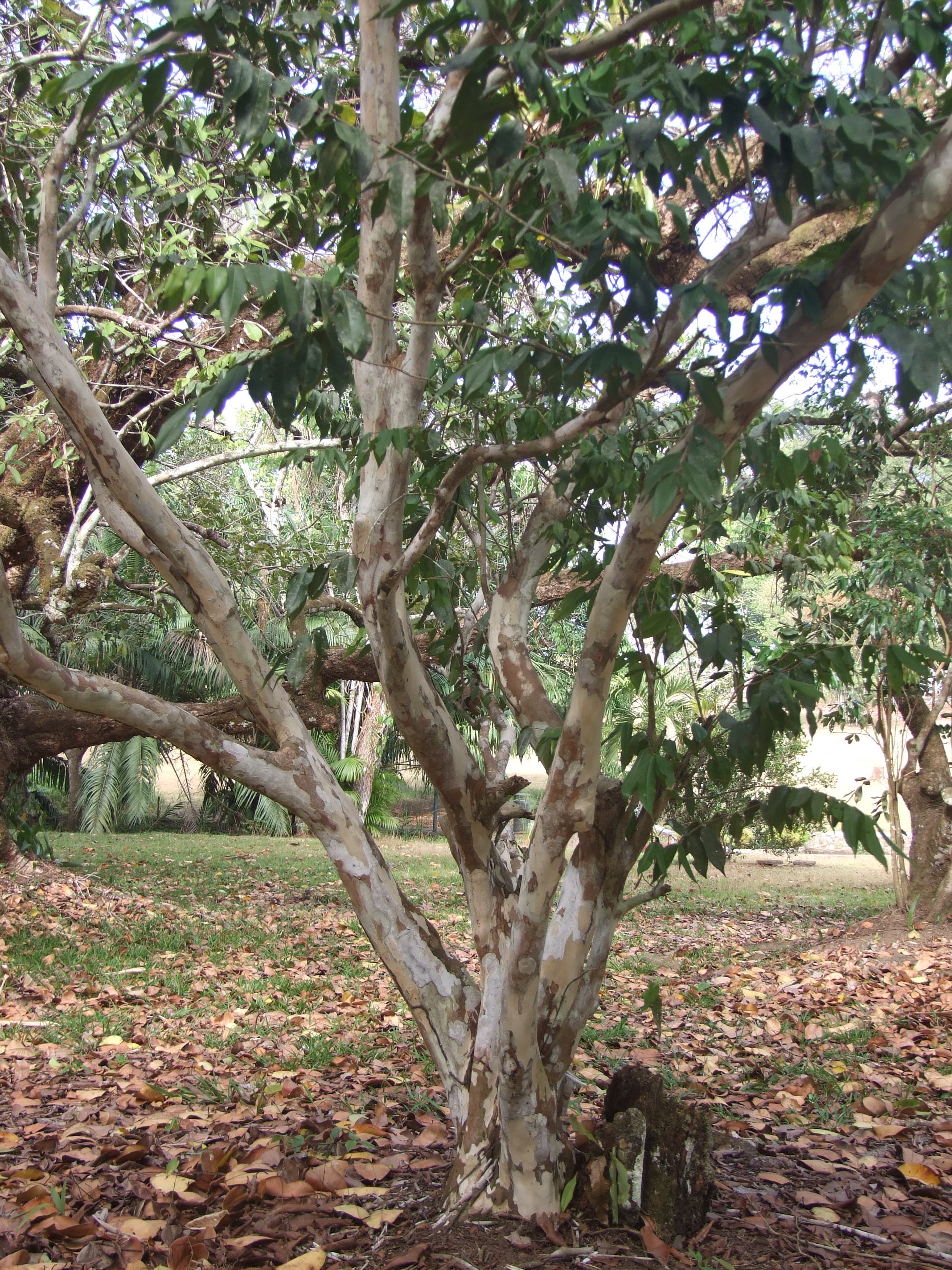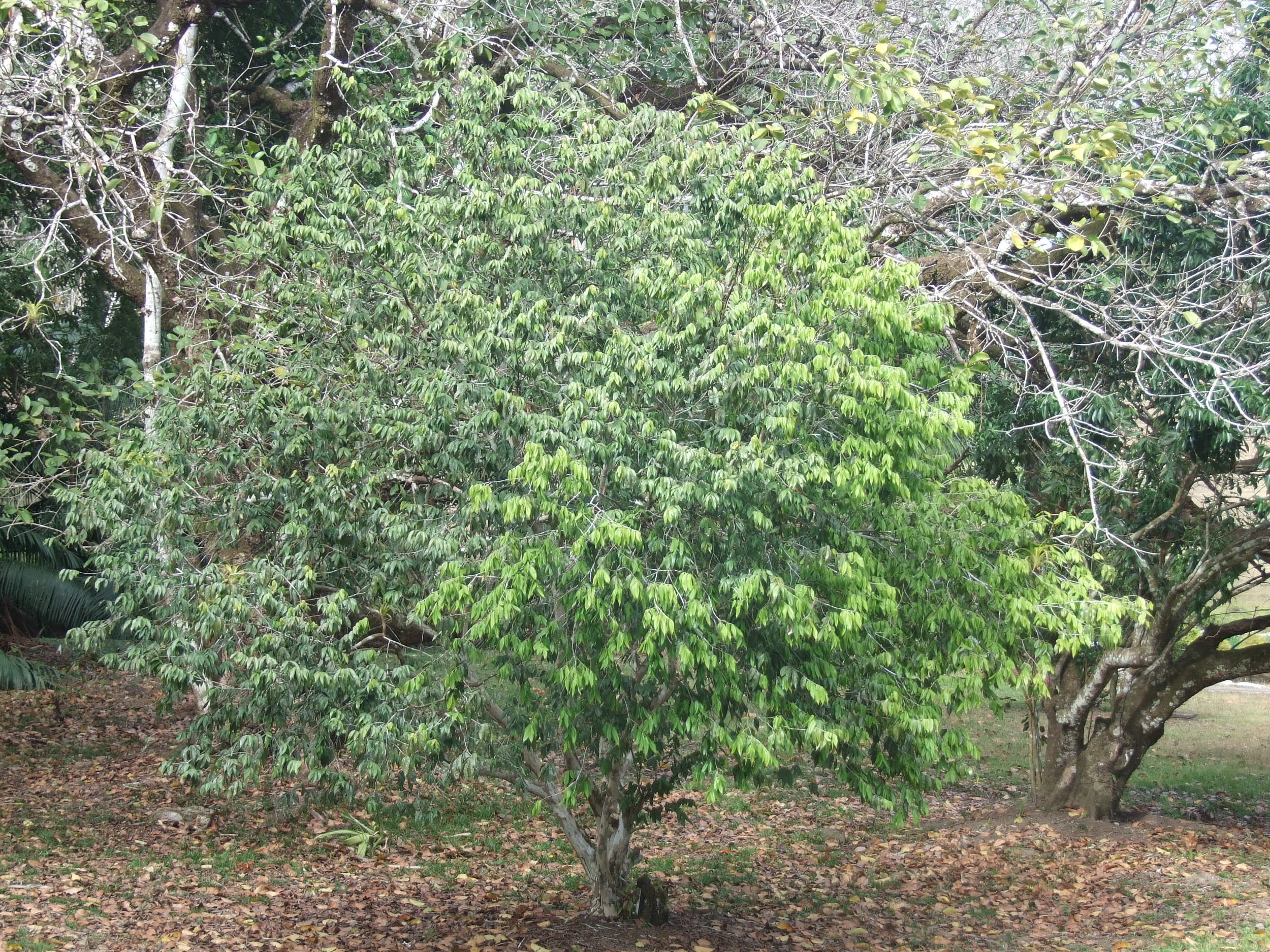BACKGROUND, ORIGIN AND DISTRIBUTION
Eugenia reinwardtiana is a large shrub / small tree native to the rainforest of N. Queensland, Australia, Indonesia and the Pacific Islands.
USES AND ETHNOBOTANY
The fruit of E. reinwardtiana is edible with a taste and texture reminiscent of a cross between Cocoplum, (Chrysobalanus icaco) and Water apple (Syzygium). I took these photos on the Jalisco coast in Mexico where it is growing very well.
The tree is cultivated to a limited extent for its edible sweetish fruit that is often eaten out-of-hand, used to flavor drinks and candies, or as a preserve. The fruit is a source of antioxidants.
PROPAGATION AND CULTIVATION
The plant is easily propagated from fresh seed.




